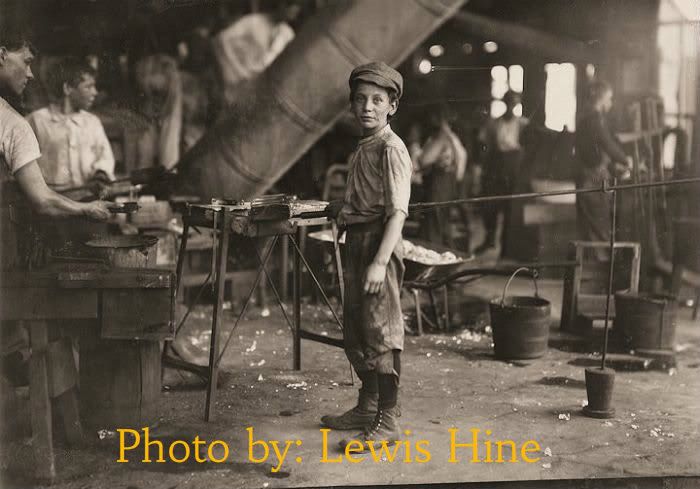I have posted this question numerous times in the past on many different forums. Unfortunately every time the responses I get back are as if I'm some novice and they are teaching me very fundamental principles, which is very frustrating.
I am a long time photographer, and I work mostly in digital (). There is an aesthetic in specifically older large format prints which I am most attracted to. So I come to forums and give an example and people respond with very basic thoughts on what it must be that attracts me. I do not need these 'lessons' in rudimentary photography, but have gained a little bit of insight from those who have answered with deeper observations. (i.e. please don't teach me about how much greater resolution LF has... I know this
)
I need to bring this subject up again here and try to fish out the information I'm looking for. Please observe the first example below. Two things come to mind.
1.) Curves - What are the curve characteristics with this film used for this photograph? Does anyone know the film used and what the curve values may be?
2.) Sharpness - This example is pretty extreme, but it easily displays a characteristic about older LF photographs were sharpness rolls off in a way very much highlighting the intended subject. Assuming this picture hasn't been touched digitally was there heavy unsharpmasking done in the darkroom to achieve this or does this look come from a certain type of lens?
The second example was a screenshot I took from a DVD, you will not see the sharpness here but I still very much like the curves to use this photo as an example.
Before commenting further on my thoughts, which may lead the discussion off course, I look forward to hearing your responses.







 Reply With Quote
Reply With Quote






Bookmarks